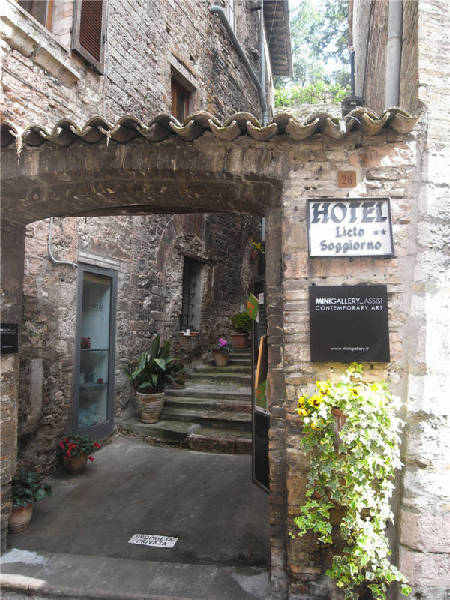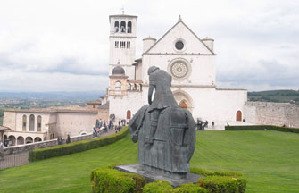Rural revelry
 |
|
Photo provided to China Daily |
Raffael stayed in Perugia and left frescoes. His teacher Pietro Vannucci, nicknamed Perugino, decorated the city with a series of frescoes.
Perugia, from whom Umbria's capital takes its namesake, is honored by a university founded in the year 1308, a fine arts academy founded in 1573 and a music conservatory founded in 1788, among other institutes.
 |
We notice more salami and chocolate shops lining the small streets crisscrossing the city than in other Italian cities.
Salami shops have hundreds of sausages dangling from the ceiling. They hang in a dozen rows, extending from the door to the back of the room.
Chocolates are sold in pounds here. With 10 euros ($14), I bought a thick brick of chocolate that would not only not fit in my mouth but also covered more than half my face.
It's hard to gnaw off a chunk. But the hunks are so tasty I can't resist clomping off lump after lump. That makes it oh-so enjoyable.
But only when I'm alone.
IF YOU GO
Umbria is easy to reach from Rome. You can rent a car or take local buses and trains to get around the region.
Plane: Rome's Fiumicino international airport is about 50 kilometers south of Umbria's southern border. You can transfer there to take the regional flight to Perugia's Sant'Egido airport, which is between Perugia and Assisi.
Train: There are trains between Rome and the cities and towns of Perugia, Terni, Spoleto, Orvieto and Firenze in Umbria. The train service is said to be superb. But the smaller villages can only be reached by road.
Car: Renting a car at the airport or train stations is a better choice if you want to visit the smaller settlements, where there are many nice and quiet guesthouses.
Bus: Travel guides say there are connections between almost every town, and it seems you can always ask bus drivers to let you off somewhere along the route.




















